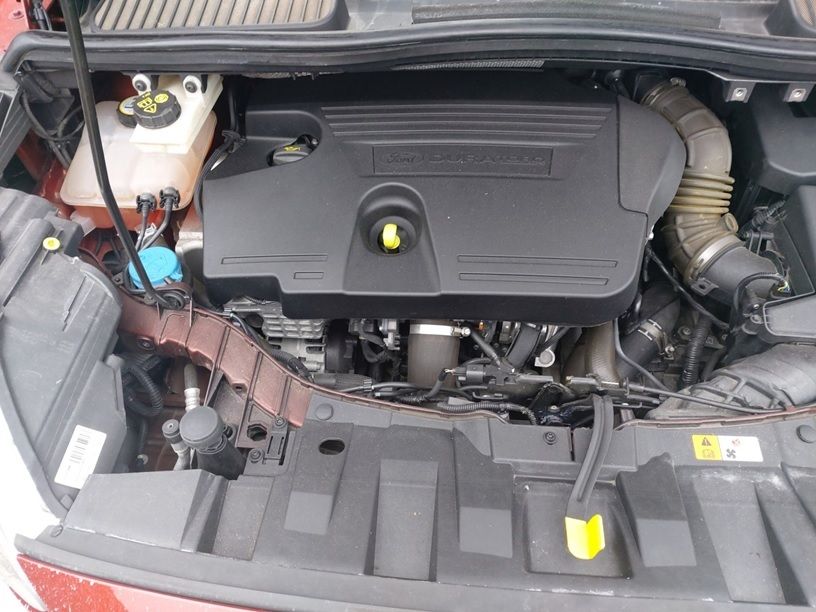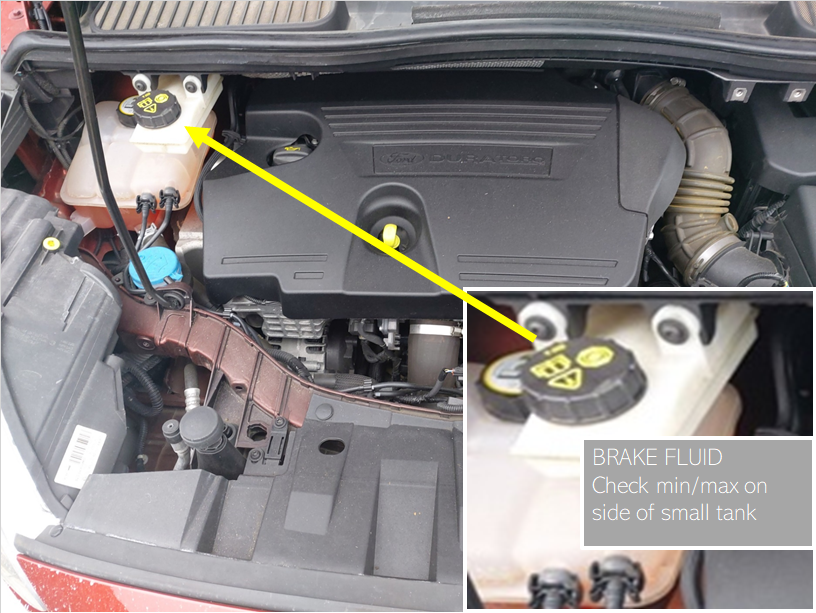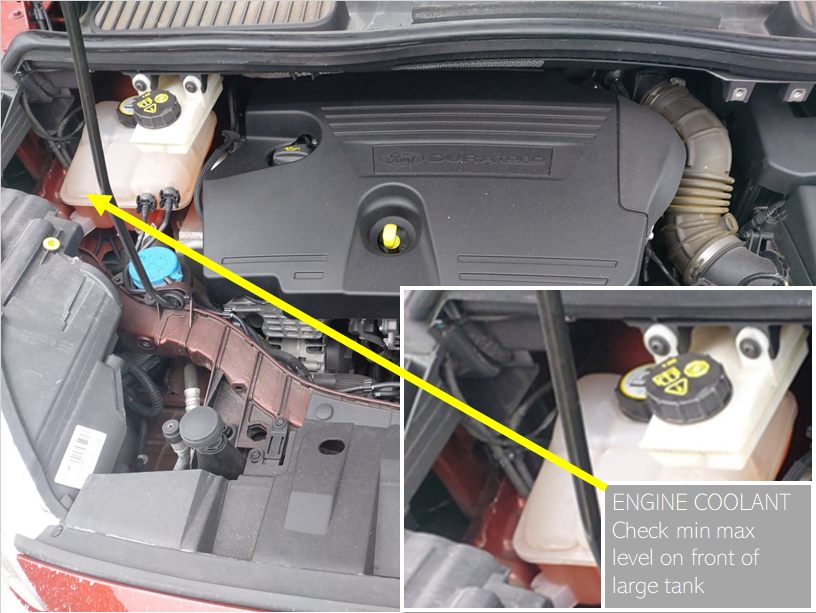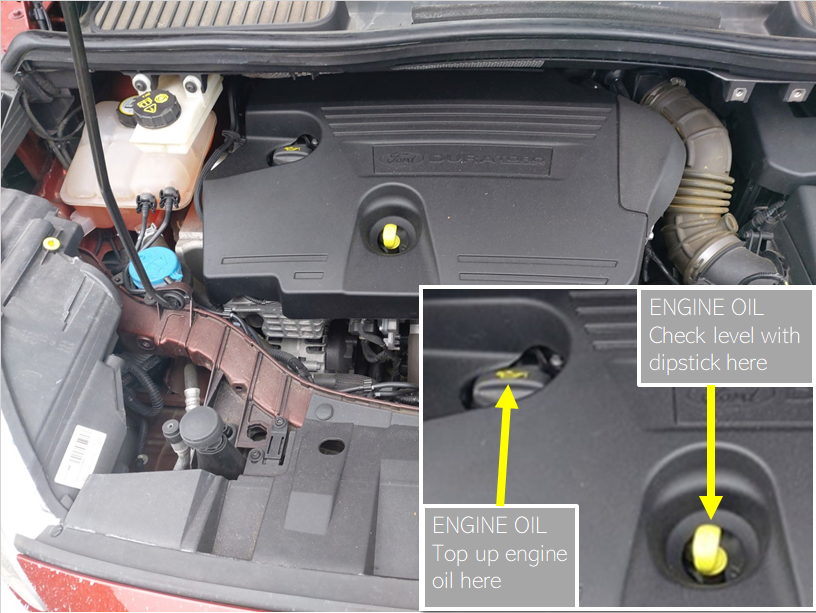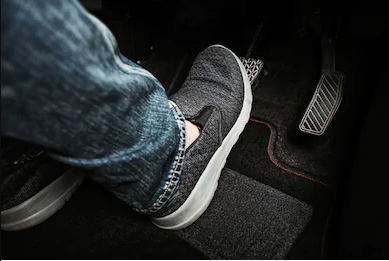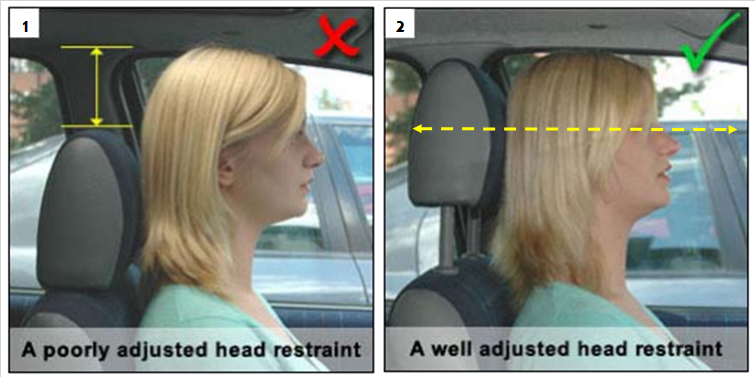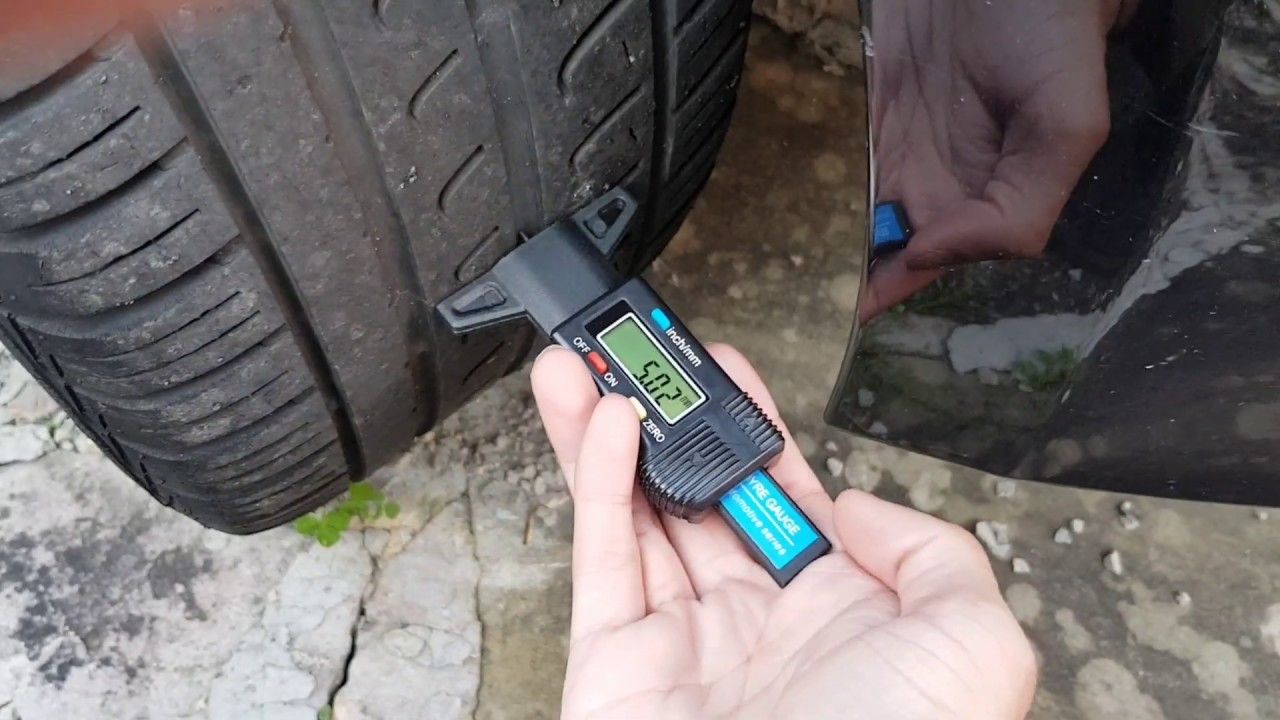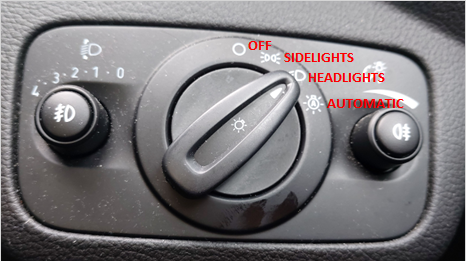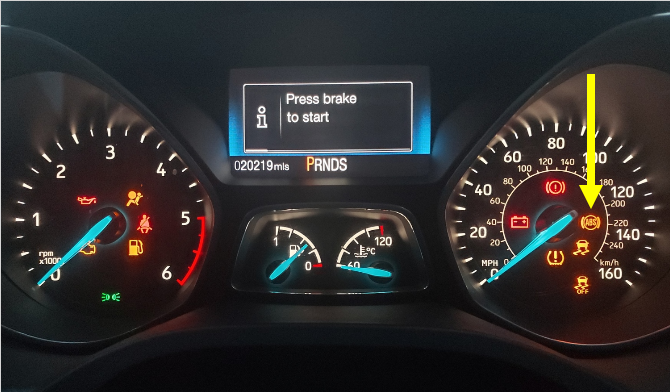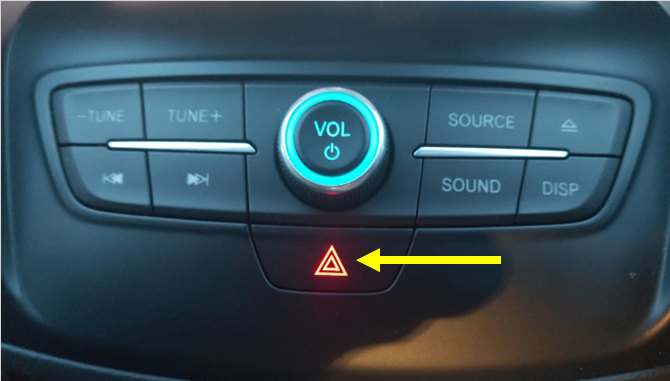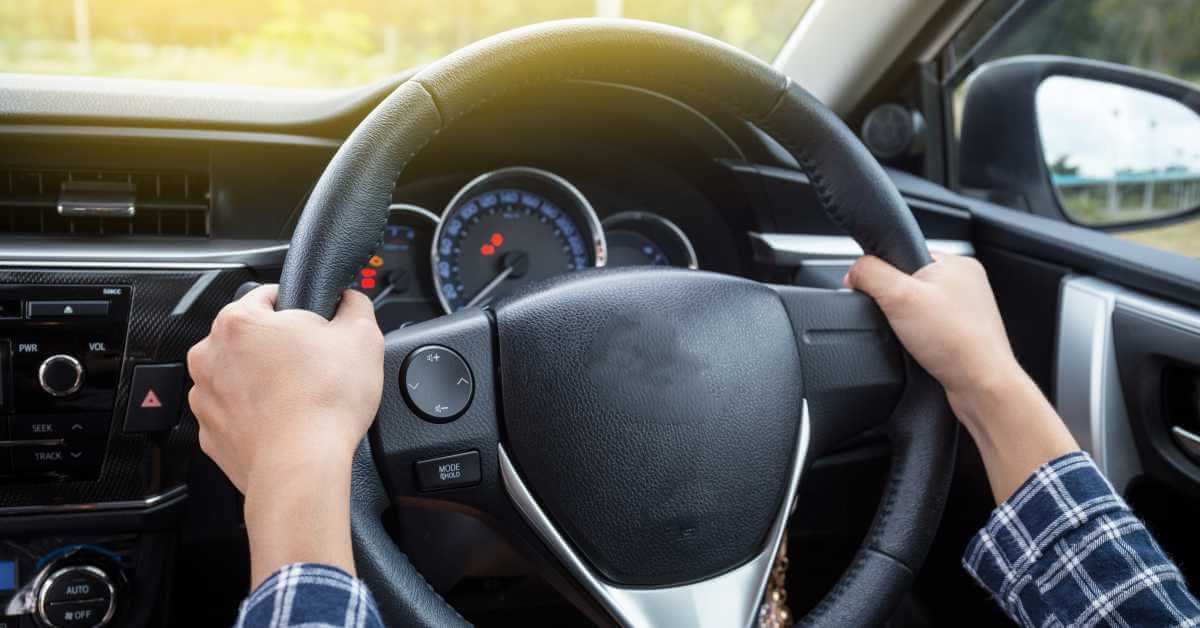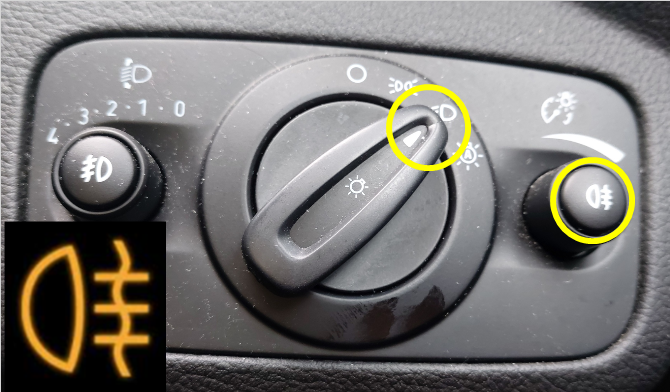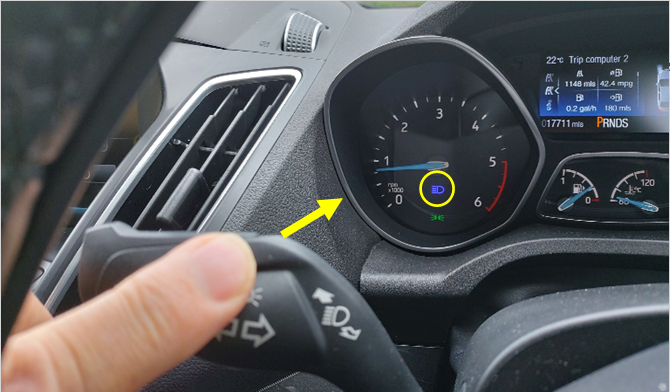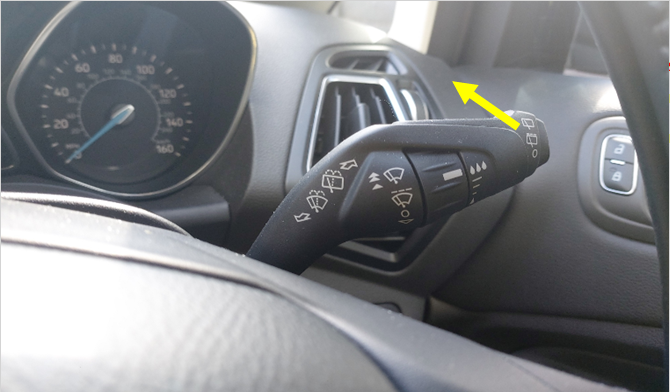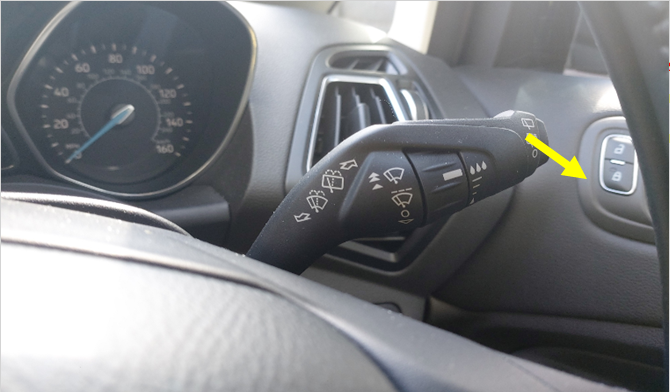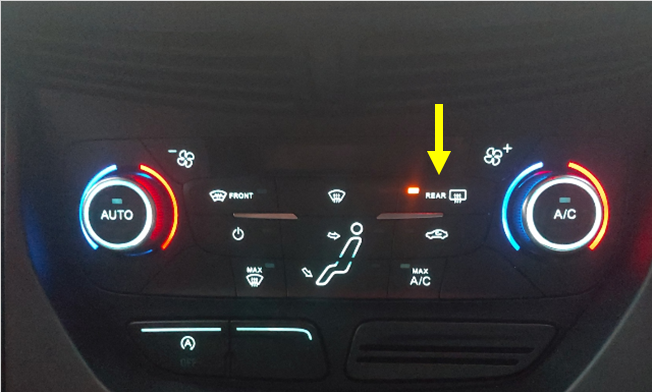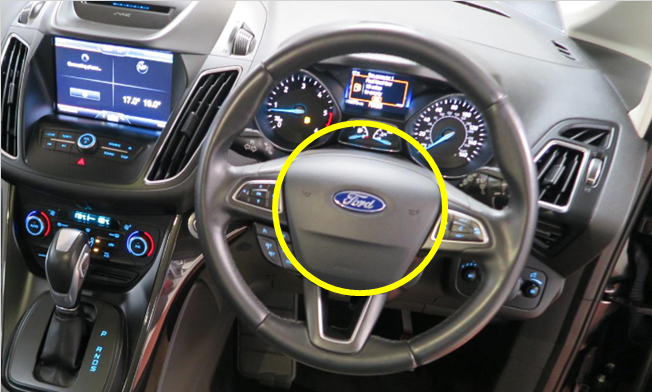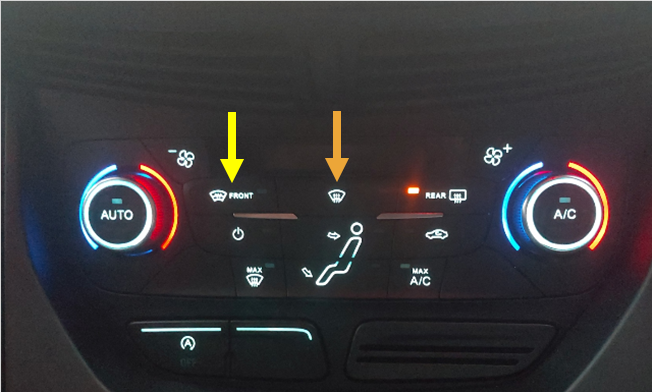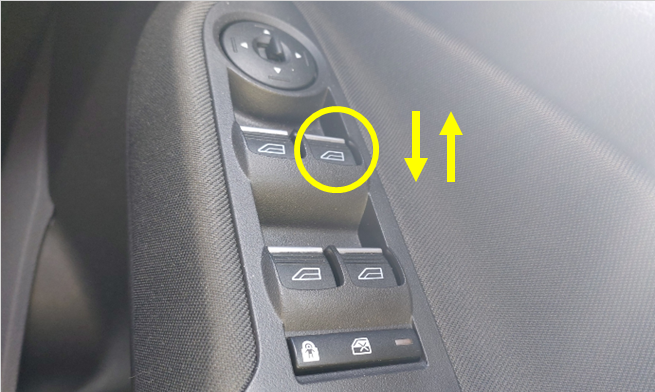Car: "show me tell me" questions
DVSA Educational Videos
We will start this section with the "official" versions of these questions before we move on to the more detailed answers that are specific to our vehicles
All cars are slightly different, but they all have the components and switchgear that the examiner may ask you about on your driving test
You will have used some, or maybe all of the components during your lessons, but you may not, depending on the time of year you learn to drive
Below, you will find a link to the specific leaflet (pdf) for the vehicle you are learning in (providing you are learning with us). However, the Ford vehicle range does have similar switchgear throughout their product range
SHOW ME TELL ME QUESTIONS
You’ll be asked 2 vehicle safety questions during your car driving test
The examiner will ask you one:
- ‘tell me’ question (where you explain how you’d carry out a safety task) at the start of your test, before you start driving
- ‘show me’ question (where you show how you’d carry out a safety task) while you’re driving
You’ll get one driving fault (sometimes called a ‘minor’) if you get one or both questions wrong
You’ll fail your driving test if your driving is dangerous or potentially dangerous while you answer the ‘show me’ question.
TELL ME QUESTIONS
Q2 - Tell me where you’d find the information for the recommended tyre pressures for this car and how tyre pressures should be checked?
Check the manufacturer’s guide, use a reliable pressure gauge, check and adjust pressures when tyres are cold, don’t forget spare tyre, remember to refit valve caps
Q3 - Tell me how you make sure your head restraint is correctly adjusted so it provides the best protection in the event of a crash?
The head restraint should be adjusted so the rigid part of the head restraint is at least as high as the eye or top of the ears, and as close to the back of the head as is comfortable. Note: Some restraints might not be adjustable
Q4 - Tell me how you’d check the tyres to ensure that they have sufficient tread depth and that their general condition is safe to use on the road?
No cuts and bulges, 1.6mm of tread depth across the central three-quarters of the breadth of the tyre, and around the entire outer circumference of the tyre
Q5 -Tell me how you’d check that the headlights and tail lights are working. You don’t need to exit the vehicle?
Explain you’d operate the switch (turn on ignition if necessary), you no longer need to walk round vehicle (as this is a ‘tell me’ question, you don’t need to physically check the lights).
Q9 - Tell me how you’d check the power-assisted steering is working before starting a journey?
If the steering becomes heavy, the system may not be working properly. Before starting a journey, 2 simple checks can be made. Gentle pressure on the steering wheel, maintained while the engine is started, should result in a slight but noticeable movement as the system begins to operate. Alternatively turning the steering wheel just after moving off will give an immediate indication that the power assistance is functioning
Q10 - Tell me how you’d switch on the rear fog light(s) and explain when you’d use it/them. You don’t need to exit the vehicle?
Operate switch (turn on dipped headlights and ignition if necessary). Check warning light is on. Explain use. Rear fog lights should be used when visibility is below 100 metres. (Tell tale will illuminate in the rev counter section of the instrument panel)
Q11 - Tell me how you switch your headlight from dipped to main beam and explain how you’d know the main beam is on?
Operate switch with ignition on. Push the indicator arm away from you (with headlights on) to switch to high beam, and the same to cancel (toggle switch). Pulling towards you only 'flashes' the high beam. Check with (blue) main beam warning light (circled)
SHOW ME QUESTIONS
Q16 - When it’s safe to do so, can you show me how you wash and clean the front windscreen?
Pull the wiper arm towards you for 2-3 seconds. Fluid will spray onto front screen, and wiper will operate several times to clean the front windscreen. Afterwards, if drips/trails drip onto the screen, press the wiper arm down and release for a single sweep of the wiper blades
Q18 - When it’s safe to do so, can you show me how you’d set the rear demister?
The rear demister (heated screen) is located in the upper section of the ventilation panel to the left of the A/C button. Press the button to activate the heated screen, which will switch itself off after a set time. DO NOT take your eyes off the road for more than a glance as this is a common fault which can be marked SERIOUS
Q19 - When it’s safe to do so, can you show me how you’d operate the horn?
The horn can be operated by pressing ANYWHERE on the centre panel of the steering wheel. Two short 'polite' beeps is the recognise way of attracting another drivers attention. Avoid using the long, single angry sounding beep that some drivers use
Q20 - When it’s safe to do so, can you show me how you’d demist the front windscreen?
The front screen can be quickly demisted by using the heated front screen (yellow arrow). To prevent the screen misting up again, direct the air flow onto the front screen by using the button indicated by the orange arrow, and adjust airflow with the fan - and fan + buttons

